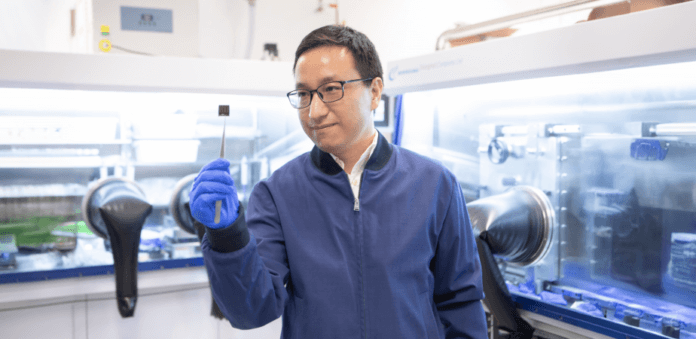A research team at the School of Engineering of the Hong Kong University of Science and Technology (HKUST) have revealed the existence of surface concavities on individual crystal grains of perovskite thin films while unraveling their effects on the film’s properties and reliability.
To address issues surrounding the long-term stability of perovskite devices under light, humidity and thermomechanical conditions, the group conducted research focused on the materials’ microstructure. They discovered a proliferation of surface concavities at the crystalline grains of the perovskite material, shown to break the structural continuity at the perovskite film interface.
The team concluded that the broken structural continuity serves as a hidden microstructure factor limiting the efficiency and stability of perovskite cells. Based on this discovery, the team says it has pioneered a way of making these cells more efficient and stable via a chemo-elimination of these grain surface concavities.
“Structure and geometry of individual crystalline grains are the origin of the performance of perovskite semiconductors and solar cells,” says HKUST’s Prof. Zhou Yuanyuan, the corresponding author of the work.
“By unveiling the grain surface concavities, understanding their effects and leveraging chemical engineering to tailor their geometry, we are pioneering a new way of making perovskite solar cells with efficiency and stability toward their limits.”
The team’s research work, a collaboration with Hong Kong Baptist University and Yale University, is entitled “Elimination of Grain Surface Concavities for Improved Perovskite Thin-Film Interfaces.” It was published in the journal Nature Energy.




